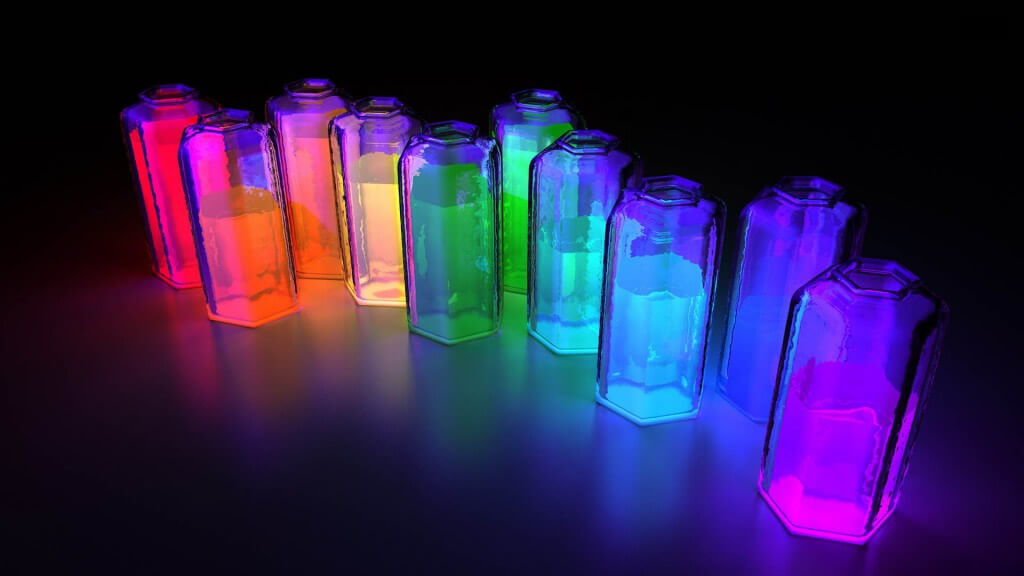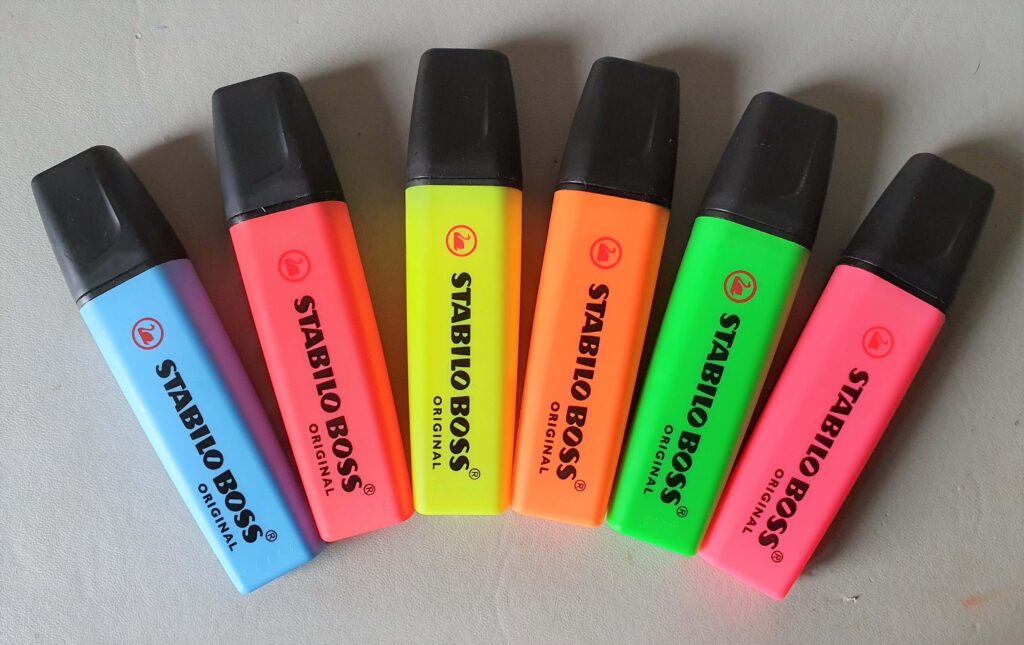
Introduction
In two earlier posts on this site we recorded the absorption spectrum of molecular iodine I2 with some simple instrumentation. The first section outlined the basic theory giving rise to the vibrational absorption bands in the spectrum of any diatomic molecule. The second section described how the home experimenter can produce an absorption spectrum of I2 with a minimum of appropriate equipment (white light source, sample cell and a small spectrometer). From the resulting spectrum, we were then able to estimate the bond dissociation energy of I2 using the Birge-Sponer method.
In this article we are going to turn things around somewhat and examine the emission spectrum of iodine as opposed to its absorption spectrum. We will excite iodine molecules from the ground electronic state (X1Σg+) into a very specific vibrational energy level of the excited triplet electronic state (B3Π0u+) using a small 532 nm laser. From this higher energy level, I2 molecules rapidly relax with the emission of longer wavelength photons via fluorescence.
Other non-radiative processes compete with this fluorescence, as explained here, which accounts for the varying intensities of the vibrational bands in emission. This is also sensitively dependent on the temperature and concentration of molecules in the vapour.
This technique is an extremely useful method in physical chemistry and spectroscopy in general. It is known as Laser Induced Fluorescence or LIF for short. For a general introduction to the nature of fluorescence, this is a useful article.
Reminder of the Basic Theory
Transitions between molecular energy levels have already been explained in previous posts. When we consider homonuclear diatomic molecules, many examples come to mind such as H2, N2, Cl2, etc. and they all produce absorption or emission spectra under the right experimental conditions.
Schematically, we are dealing with energy transitions between two different electronic states of a molecule, usually the lowest energy ground state and some higher energy excited state. For iodine, this can be represented here in the following diagram (courtesy of Dr. Walter Luhs at https://luhs.de)
The green vertical line in the above energy level diagram is the laser excitation transition at 532 nm. In LIF, this is often referred to as the “pump” transition. A wavelength of 532 nm corresponds to an energy of 18797 cm-1.
Photons with this energy promote the molecule from the v” = 0 vibrational level of the ground electronic state to the vibrational level v’ = 32 of the excited electronic state.
Immediately following laser excitation, fluorescence takes place from this level back down to different v” vibrational levels of the ground electronic state, depicted in different colours here. The actual intensities of the fluorescence emission lines depend on the degree of overlap of the probability density functions in both electronic states.
The energy transitions are shown as vertical lines in this diagram and are based on the Franck-Condon Principle. Simply put, this states that electronic transitions between vibronic states in a diatomic molecule are virtually instantaneous relative to the timescale of much slower nuclear motions. Thus the internuclear distance (the x axis in the above diagram) has not changed during the transition. This construct is considered analogous to the Born-Oppenheimer approximation. A more complete explanation of the quantum mechanical formulation of the Franck-Condon C principle is provided here.
Experimental
From a purely practical and teaching perspective, the iodine molecule has become very popular in schools and universities because it has absorption and emission spectra that cover the whole of the visible region of the electromagnetic spectrum. Spectral lines also extend into the near infra-red with thousands of lines across the whole region, from the UV to the near IR.
This is clearly an area that the home experimenter/spectroscopist can similarly investigate.
Crystals of pure iodine can be obtained in sealed glass vials or by simply adding a few crystals to a spectrometer cuvette. A little heat is then applied provided to create iodine vapour. Since iodine already has a vapour pressure of 0.3mBar at room temperature this presents no practical challenges.
Having said that, one practical issue you can encounter is maintaining a sufficient quantity of iodine vapour in the spectrometer cuvette, as a spectrum is being captured. With the absorption experiment, this was achieved with a hot air gun. However, once the heat source is removed, a common problem is that gaseous iodine can quickly cool and recrystallize on the walls of the cuvette. This can interfere with recording the spectrum.
To avoid this, or at least to minimize it, a small temperature controlled laboratory hotplate was used which maintains the cuvette and sample holder at around 80-100°C. This ensures a reasonable quantity of iodine vapour in the cuvette so we can capture the fluorescence emission spectrum.
The two images here show the result of heating a sealed vial of iodine for a few moments on a small hotplate.
In this experiment, we continue to employ a spectrometer cuvette, as opposed to a sealed vial, and heat a single pellet of iodine directly in the cuvette by warming the cuvette holder (see this post).
The fluorescence signal is observed at right angles to the excitation light source (laser). The cuvette holder is from Thunder Optics and offers the advantage of having two plano-convex lenses that collimate the light from the fibres for better optical coupling. This holder can be used both in absorption-transmission (straight through) experiments or for 90° detection of fluorescence.
A close-up image of what is happening in the cuvette is shown here, with the cuvette outside the holder. In this case a microscope objective is used to concentrate and focus the laser at one end of the cuvette. Green light is scattered laser light and the yellow “streak” is fluorescence.
The raw fluorescence emission spectrum that is obtained is shown here:
The strong line at extreme left in the spectrum above is the laser line at 532 nm. The software reports this as 533 nm, which is the wavelength uncertainty in this demonstration of about ±1nm.
Correcting for the baseline and expanding the vertical axis slightly produces the following result:
We can now perform a similar analysis to the one we used for the I2 absorption spectrum, and then use the Birge-Sponer method to calculate D0, the bond dissociation energy, and vibrational frequency ωe.
The Birge-Sponer plot is shown below and produces a value for D0 of 3803 cm-1 and ωe of 212.5 cm-1.
Conclusions
In conclusion, with some simple equipment that the home experimenter can obtain, either new or second hand, the fluorescence spectrum of iodine vapour can be recorded and produce similar results to its absorption spectrum.
References
- S. B. Bayram and M. V. Freamat, (2015) “A Spectral Analysis of Laser Induced Fluorescence of Iodine”, arXiv.og Open Access Archive, 1507.02600










